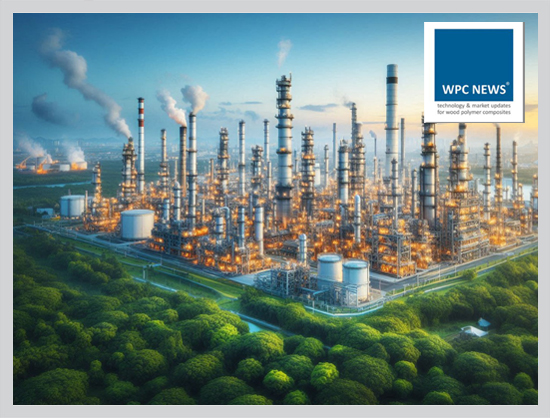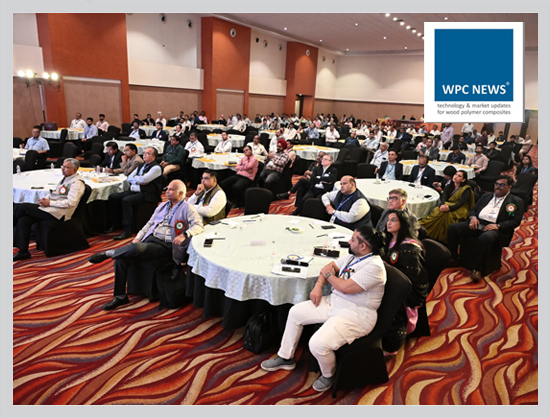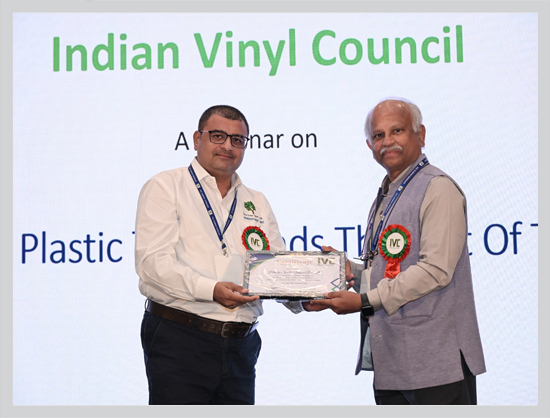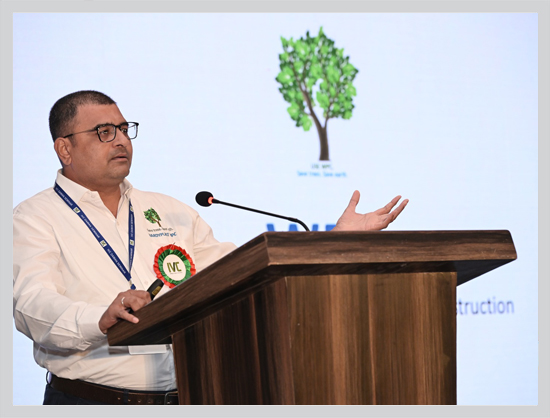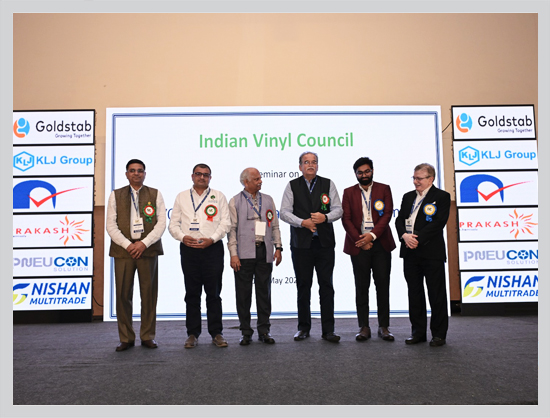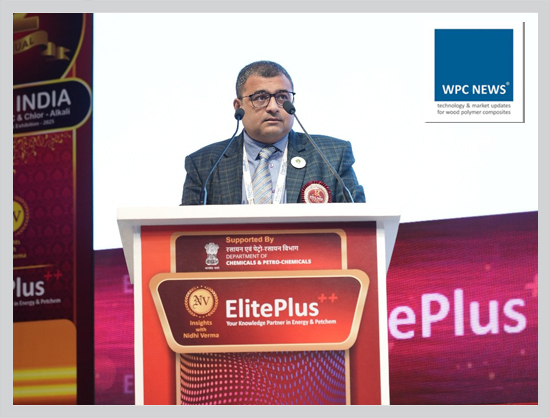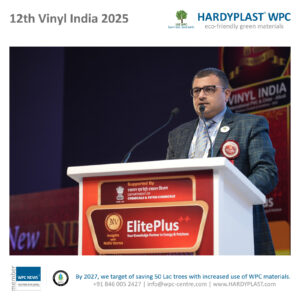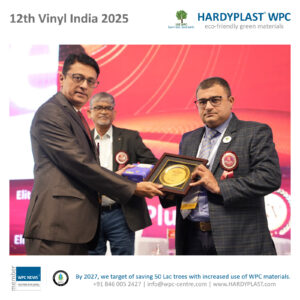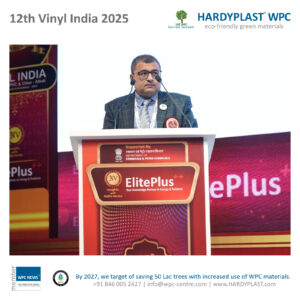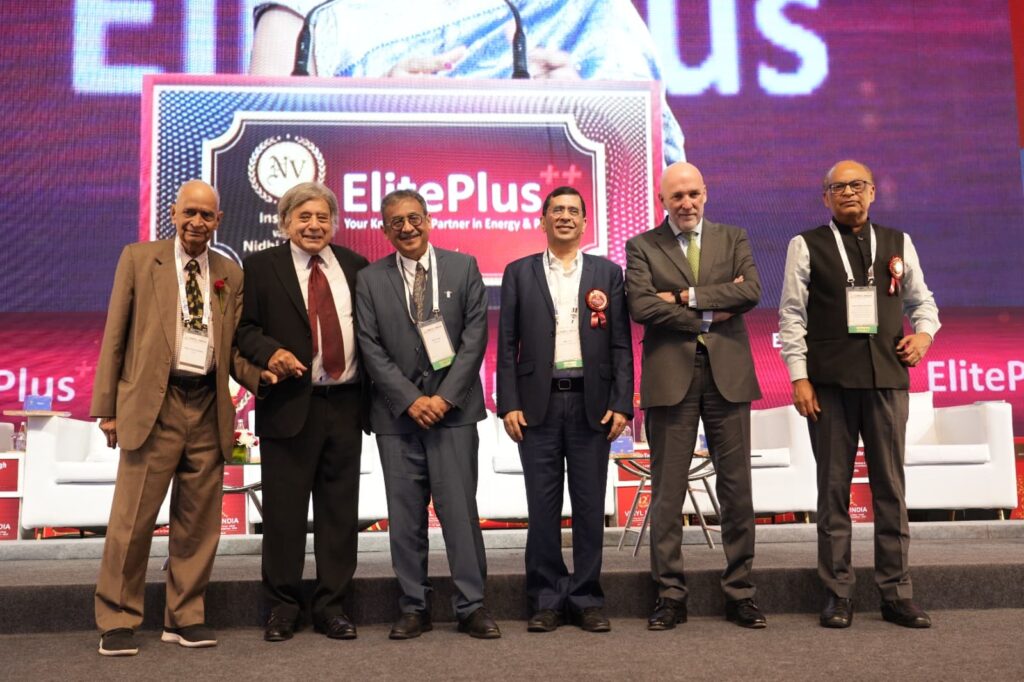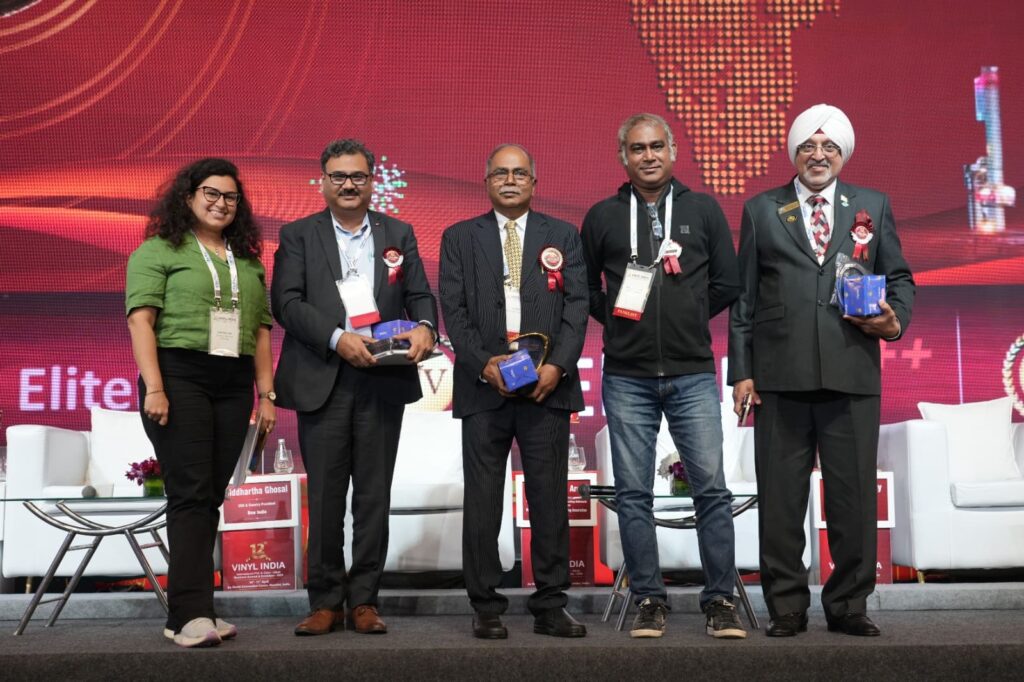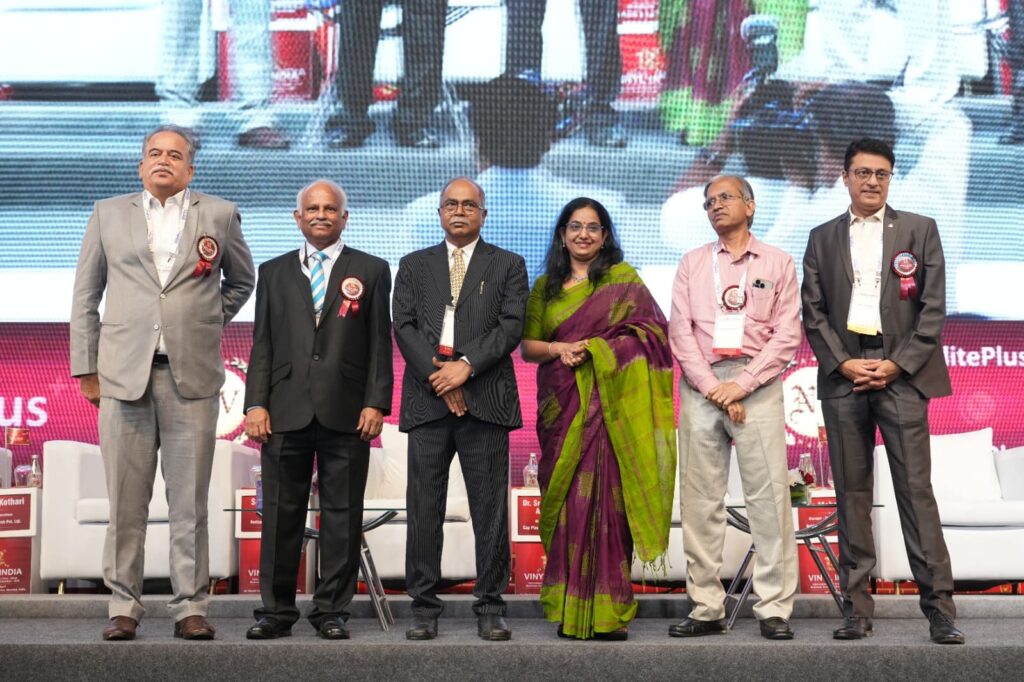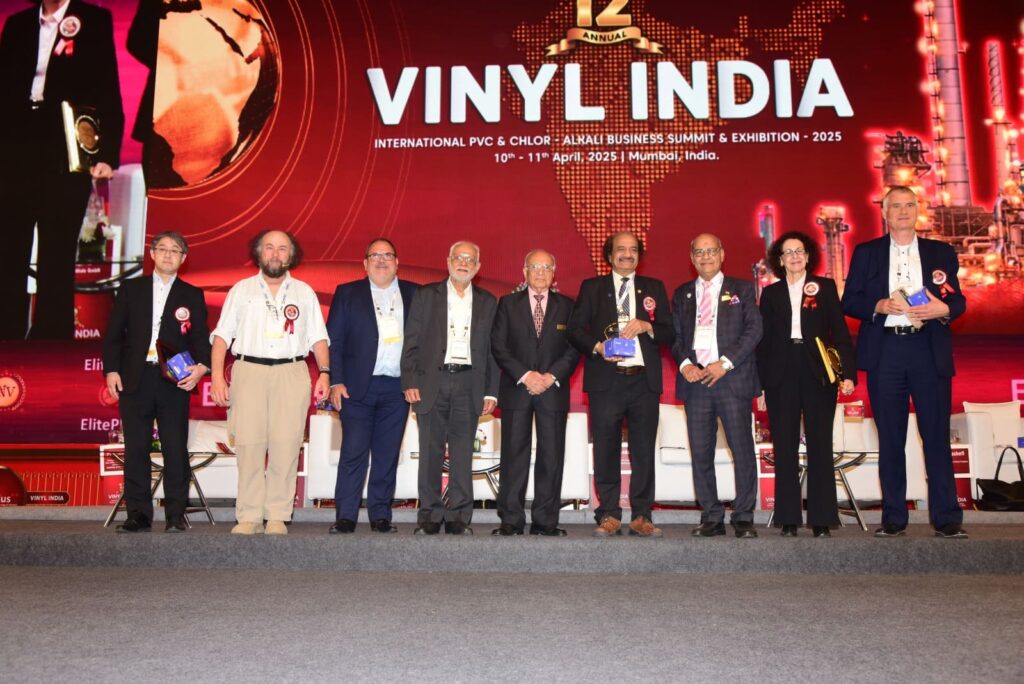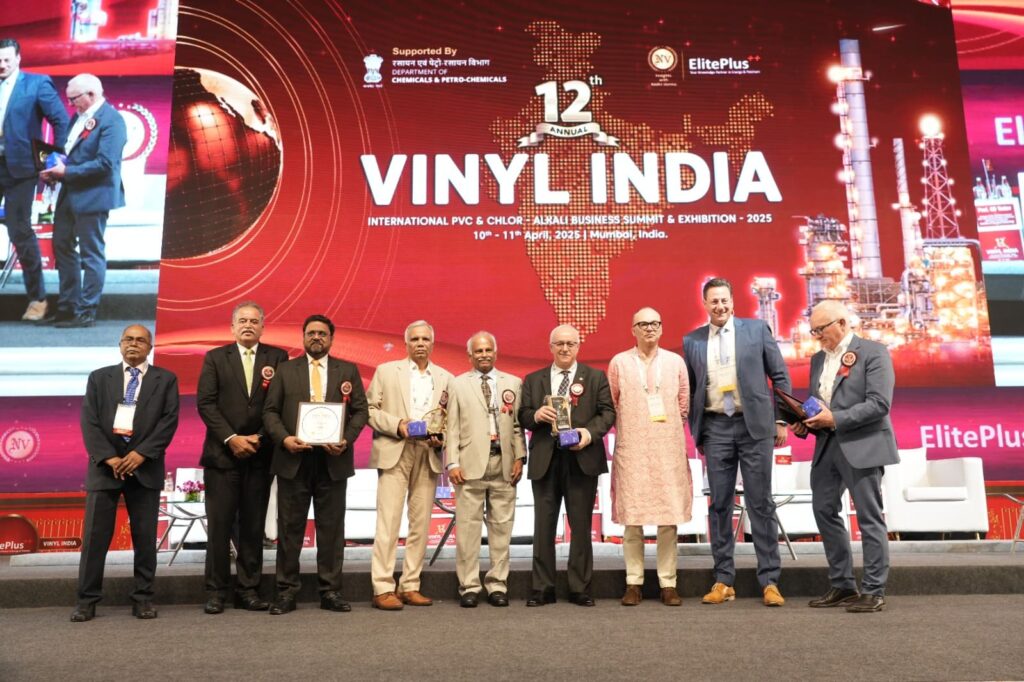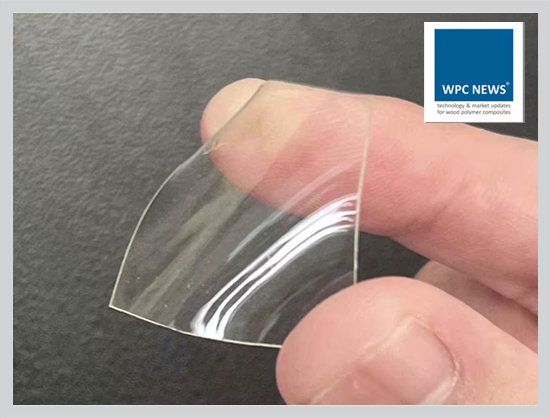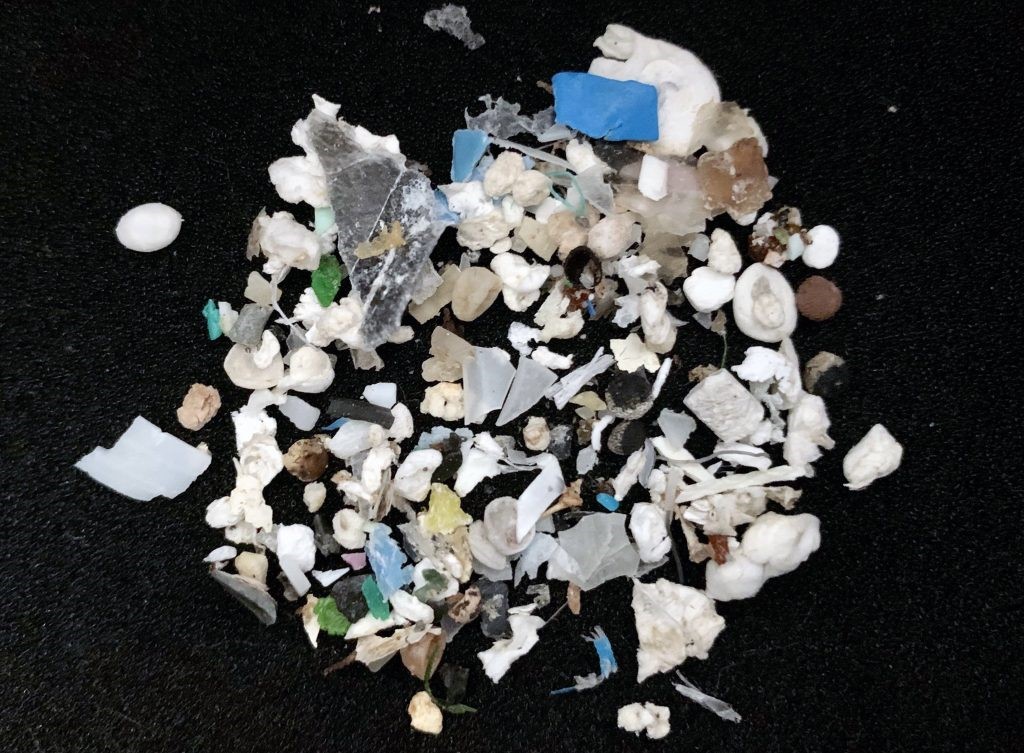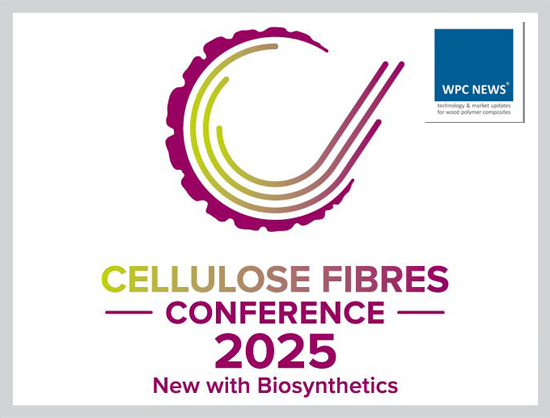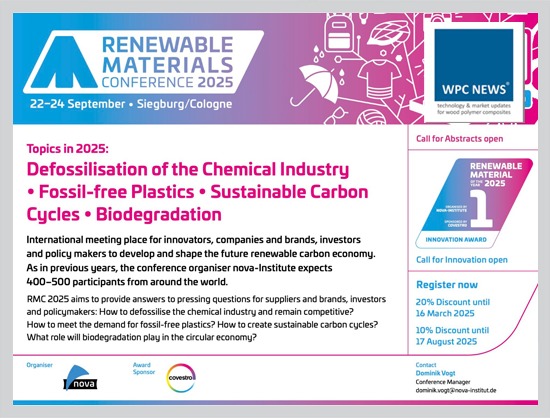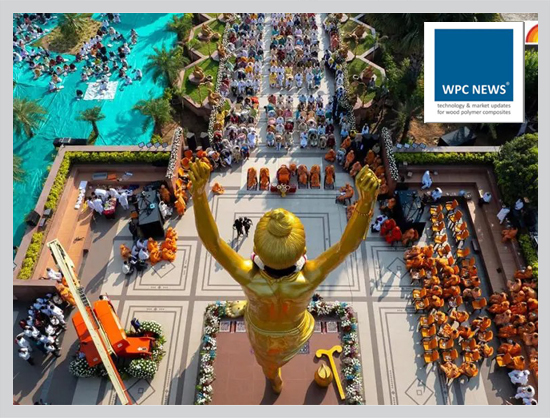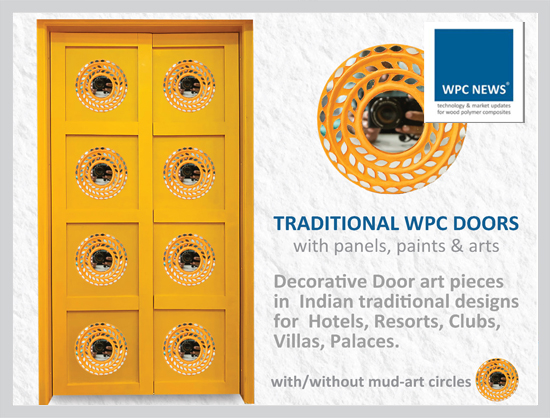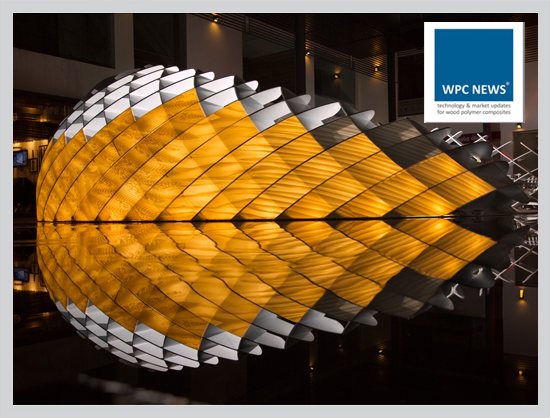Billionaire Gautam Adani’s conglomerate will build a 1 million tonne a year PVC plant at Mundra in Gujarat, marking its foray into the petrochemicals sector where Reliance Industries Ltd is the main player, sources said.
PVC, or Polyvinyl Chloride, is a synthetic plastic polymer that is widely used to make an array of products – from pipes and fittings to window and door frames, cable insulation, vinyl flooring and wall coverings, credit cards and toys.
India’s annual PVC demand is about 4 million tonnes, while domestic production capacity stands around 1.59 million tonnes, half of which is with Reliance. PVC demand is projected to grow at a CAGR of 8-10 per cent, driven by sectors such as agriculture as land under irrigation increases, infrastructure aided by water supply and sanitation, housing and pharmaceutical and packaging segments.
Adani Group’s flagship Adani Enterprises Ltd is setting up a petrochemical cluster in Mundra. Within this cluster, it is constructing a PVC manufacturing plant with a capacity of 1 million tonnes per annum, two sources aware of the matter said. The facility is slated for commissioning by fiscal 2028 (April 2027 to March 2028 financial year).
The PVC Project is expected to include capabilities for manufacturing PVC, chlor-alkali, calcium carbide and acetylene units.
Adani group is looking to implement the Acetylene and Carbide-based PVC production process, with environment clearance and consent to establish the project, having already been received, sources said. Given the current higher demand and lower supply of PVC in India, the Adani project will help reduce the supply gap and import dependency.
The project will pit the group against Reliance, which is currently India’s largest PVC producer, with an estimated capacity of around 7,50,000 tonnes per annum.
Reliance has PVC plants at Hazira, Dahej and Vadodara in Gujarat. It is looking to double its capacity by 2027. Adani’s group and Mukesh Ambani’s Reliance had for long moved in non-overlapping orbits, but first clean energy and now petrochemicals would be sectors where they could be competing against each other.
Sources said Adani’s Mundra plant could in the future be expanded to 2 million tonnes per annum capacity on demand growth. Initially halted in March 2023 due to financial uncertainties and allegations from US short-seller Hindenburg Research, work on the project was resumed last year. The Adani Group has since refocused its resources, raising over USD 5 billion in equity and additional debt, and fully repaid share-backed financing.
Financed by an SBI-led consortium, the project will utilise acetylene and carbide-based PVC production processes. Sources said the Adani group is confident of sourcing feedstock given that its portfolio companies have expertise in trading in domestic and international markets.
Also, the group’s synergy benefits and availability of large land parcels in Mundra, together with access to port facilities will optimise the logistics cost for sourcing of raw material/inventory handling cost as well as for transportation of the final products to the prospective domestic and overseas markets and ensure smooth implementation of the project.
They said the Adani portfolio has a proven track record in successfully commissioning and managing large-scale infrastructure and industrial projects, encompassing areas like ports, power, and logistics. It has an abundance of science and engineering graduates, along with a well-trained workforce proficient in various skills.
Reference:
THE WEEK/New Delhi, Jul 6 (PTI)

